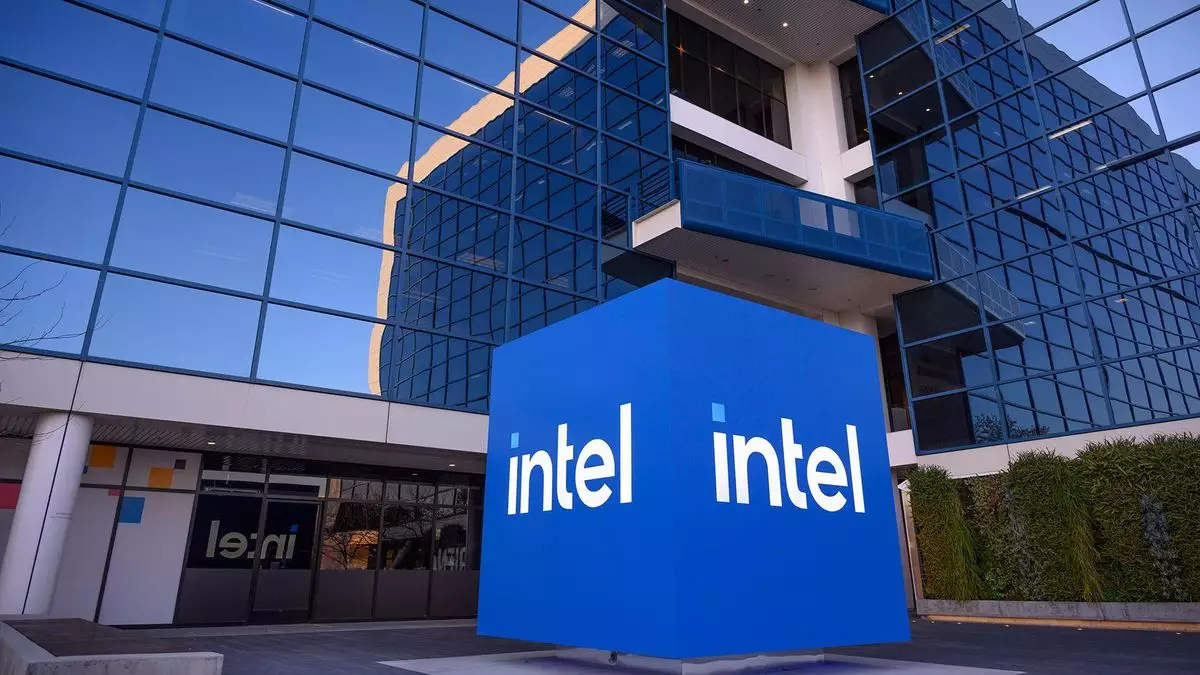The world of technology is replete with stories of strategic decisions that either catapult companies to success or lead them down a path of regret. In the case of Intel, a titan in the semiconductor industry, a series of missteps—including the failure to acquire Nvidia—illustrate the peril that arises when organizations do not act decisively in dynamic markets. The crux of Intel’s predicament lies not only in missed acquisitions but also in an overall pattern of questionable long-term strategies that have left the company in a precarious position.
In the mid-2000s, Intel was riding high on its success with x86 architecture, a robust ecosystem that had made the company a household name. However, when Paul Otellini, who served as Intel’s CEO from 2005 to 2013, suggested acquiring Nvidia—a modestly valued graphics company at the time—Intel’s board met the idea with resistance. Valued at $20 billion, it was deemed too expensive, marking a missed opportunity for the chip giant. This decision would come to haunt the organization, especially considering Nvidia’s meteoric rise in relevance as a key player in the artificial intelligence (AI) landscape.
The resistance to Otellini’s proposal is a striking example of how corporate boards can sometimes fail to recognize or seize transformative opportunities. From the perspective of hindsight, it becomes clear that Nvidia had the potential to redefine multiple technological vectors, including the burgeoning market for data processing and AI. Given Nvidia’s current market valuation—estimated at a staggering $3.5 trillion—it is evident that Intel’s reluctance was a miscalculation that resonates deeply within the company’s current quarterly reports laden with losses and layoffs.
Intel’s corporate culture has been described as akin to “the largest single-cell organism on the planet,” emphasizing an insularity that stifled innovative thinking as the company fixated on an aging core competency with its x86 processors. Executives likened the x86 business to a creosote bush—poisonous to competing ideas and alternatives. This narrow focus proved detrimental; while other companies began to innovate rapidly in areas like GPUs and AI, Intel continued to pour resources into their established business model. The gaming revolution, the rise of deep learning, and various applications of AI became the new frontier, and Intel, unable to adapt, effectively sidelined itself.
Former CEO Craig Barrett famously stated that the company felt little need to pursue acquisition strategies in new markets when profits from existing investments were robust. This delusion blinded Intel to the shifting technological landscape and led to significant missed opportunities that would later aggravate their financial challenges.
Pat Gelsinger, Intel’s current CEO, has not shied away from acknowledging past failures. After the failed pitch for acquiring Nvidia, Gelsinger was at the helm of the Larrabee project, which aimed to bridge the gap between graphics processing and Intel’s existing chip designs. However, this initiative, too, was marred by poor execution, deficiencies in graphics performance, and scheduling problems. Unfortunately, Gelsinger’s confidence in that project could not erase the early misjudgments by Intel’s leadership.
In an enticing interview, Gelsinger once stated that if Larrabee had been given the right emphasis, Nvidia would be “a fourth the size they are today.” This retrospective revelation indicates that lost market opportunities were not merely a single instance but part of an overarching trend in Intel’s strategic miscalculations. With their previous suggestions for a pivot to new technology ignored, it raises poignant questions about the company’s present-day leadership and their capacity for foresight.
The Current Landscape: A Struggling Giant
Fast forward to 2023, and Intel is facing a myriad of issues: mass layoffs, canceled dividends, and formidable competition in chip manufacturing. With the ongoing semiconductor crises, every passing day seems to bring further challenges to an already beleaguered organization. Adding insult to injury, reports have surfaced suggesting that Intel turned down a $1 billion stake in OpenAI just a few years back—a $80 billion venture today. Such decisions only underscore a pattern of indecisiveness that seems to have haunted Intel over the years, culminating in its weakened market position.
As Intel seeks to rebound, questions linger over its strategic foresight and corporate philosophies that brought it to this juncture. Would a more aggressive acquisition strategy in the past have solidified its competitive stance? Or will Intel continue to grapple with the shortcomings of its linked decisions and corporate culture? What stands out is that the combination of a slow-moving corporate machine and missed opportunities has placed Intel at the crossroads of immense challenges and an uncertain future. The lesson here is not merely about executed deals but about maintaining vision and adaptability in an industry that is constantly evolving.

